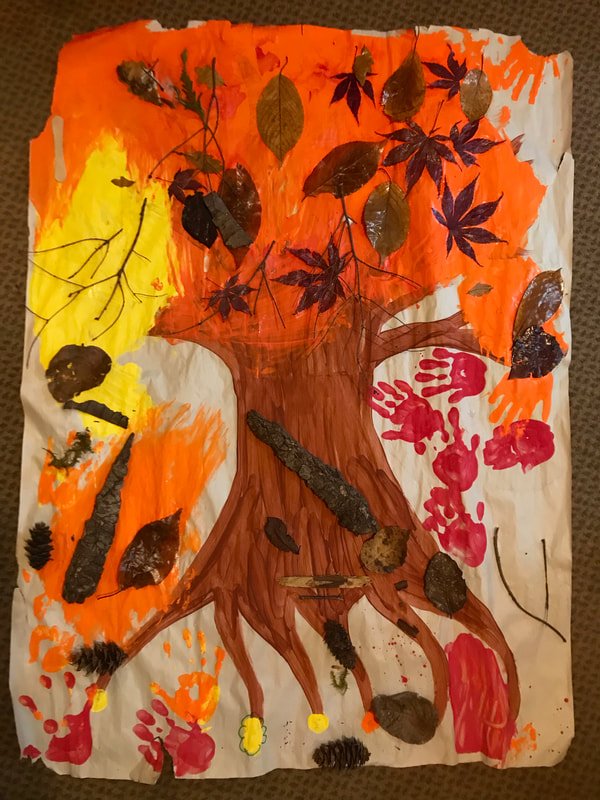Quadra Children’s Centre Kid’s Blog!

CREATING WITH PAPIER MACHE
Mathias is like a "sponge" gathering information about the world he lives in.

Learning Through My Senses
Mathias is like a "sponge" gathering information about the world he lives in.

Impromptu Outings to Rebecca Spit 2021

The Happy Wagon Fall 2020

Our Backyard!

A Waterfall

Early Literacy

The Children’s Fall Tree

Baby Arlo’s Bath

A Visit With Mayhew

Exploration and Creativity

Glue Stick Exploration

BUILDING A PLANE WITH BOXES - A GROUP COLLABORATION

Snow Penguin

A Visit with Charleston and Skye

Twas the week before Christmas

The Value of Finger Painting

Summer Deck Adventures

Team Work - A Playground Happening


